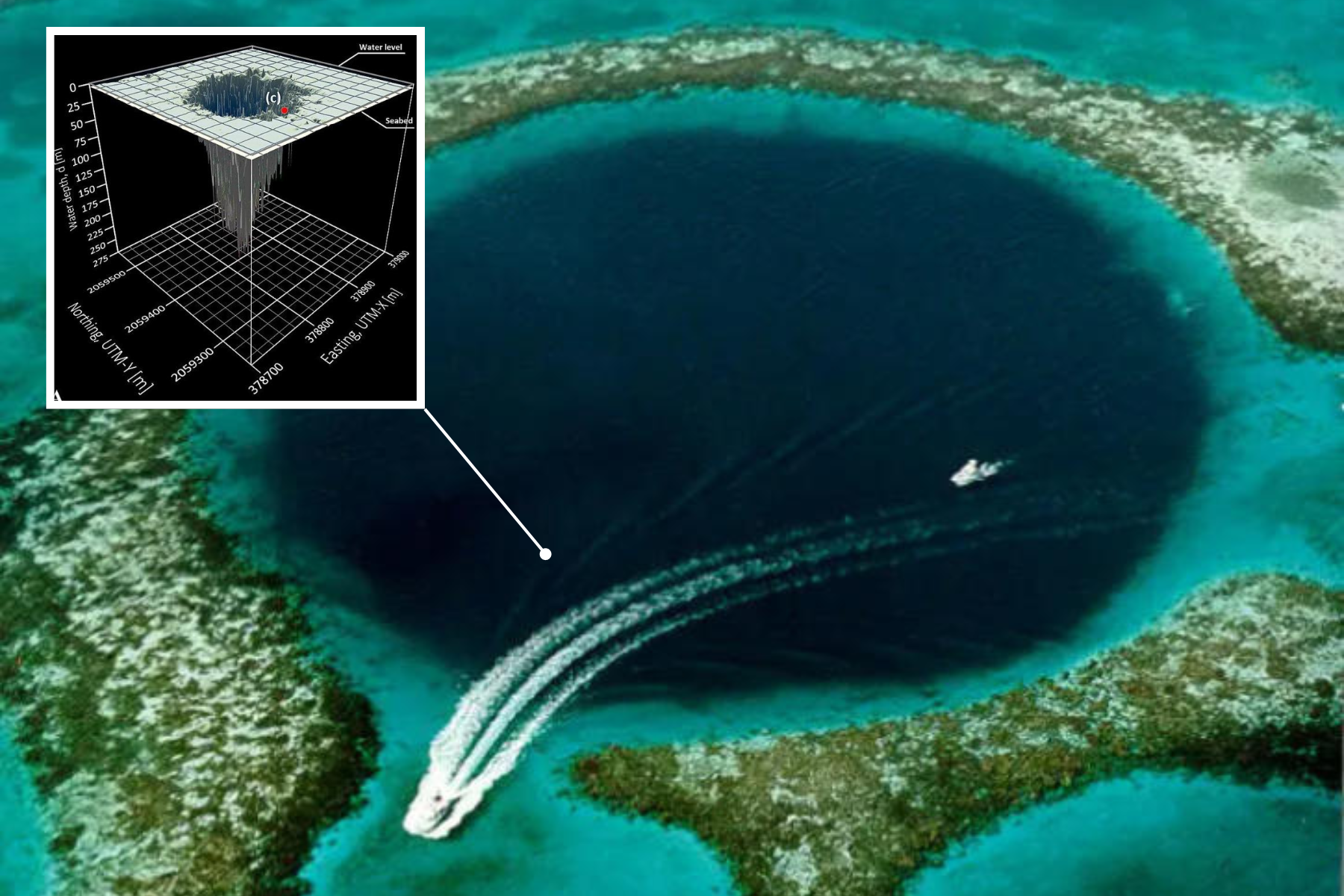Scientists have discovered what they believe is the world’s deepest blue hole. The discovery was made by a group of divers in Mexico’s Chetumal Bay. What’s more is that researchers have not even managed to reach the bottom, but they have some ideas as to what lays below.
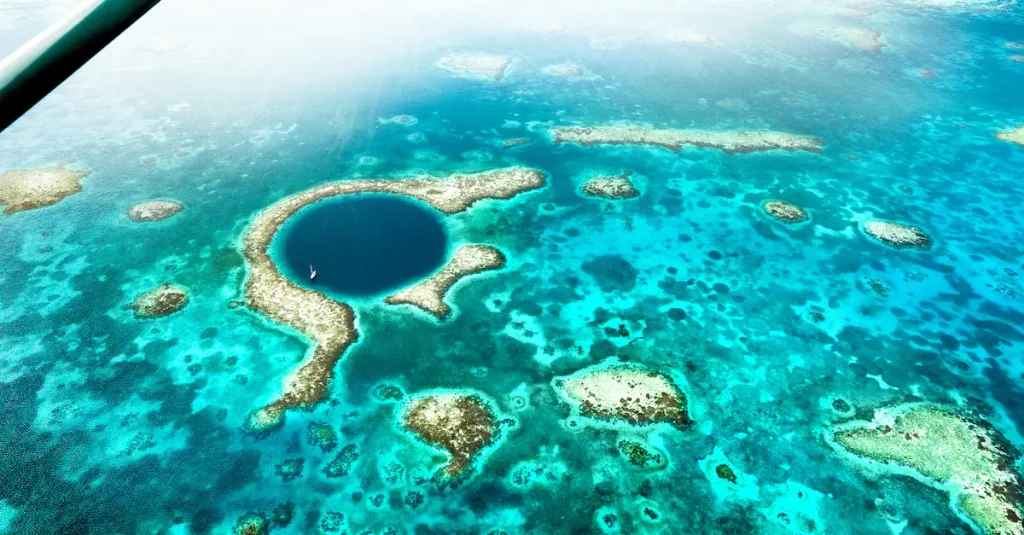
It’s no surprise that there are things lurking in the ocean that we have yet to discover. After all, we have only truly explored 5% of Earth’s oceans, leaving the majority of our planet a complete mystery.
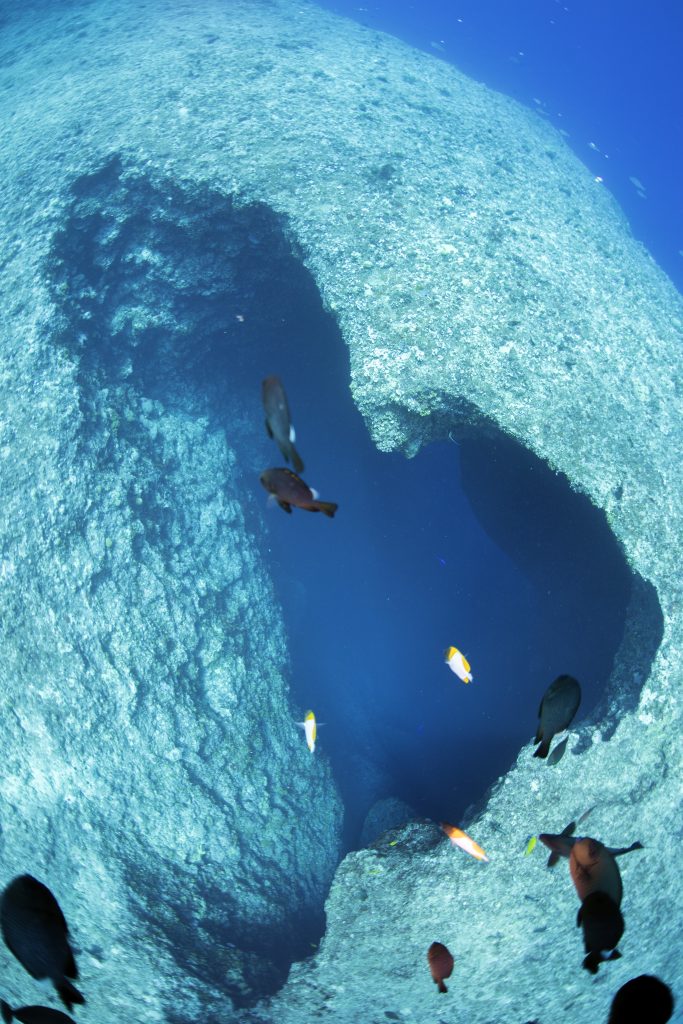
The Taam Ja’ Blue Hole (TJBH) was found off of the Yucatan Peninsula of Chetumal Bay in Mexico during a scuba diving expedition. A team of divers dove into the sinkhole and took measurements to learn about the conditions there and to discover just how deep it was.
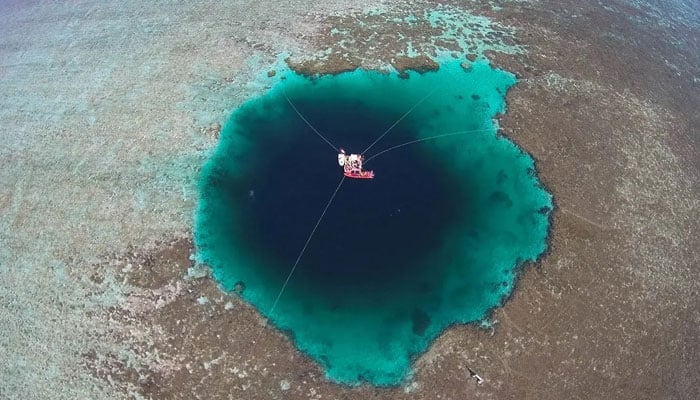
They found that the TJBH is an incredible 1,380 feet (420 metres) deep. This dwarfs the previous record holder, Sansha Yongle Blue Hole (commonly referred to as the Dragon Hole in the South China Sea), which was measured at 990 feet (301 metres) below sea level.

It’s hard to imagine just how deep into the ocean almost 1,400 feet is. To put it into perspective, that is nearly the same height as Trump Tower in Chicago.
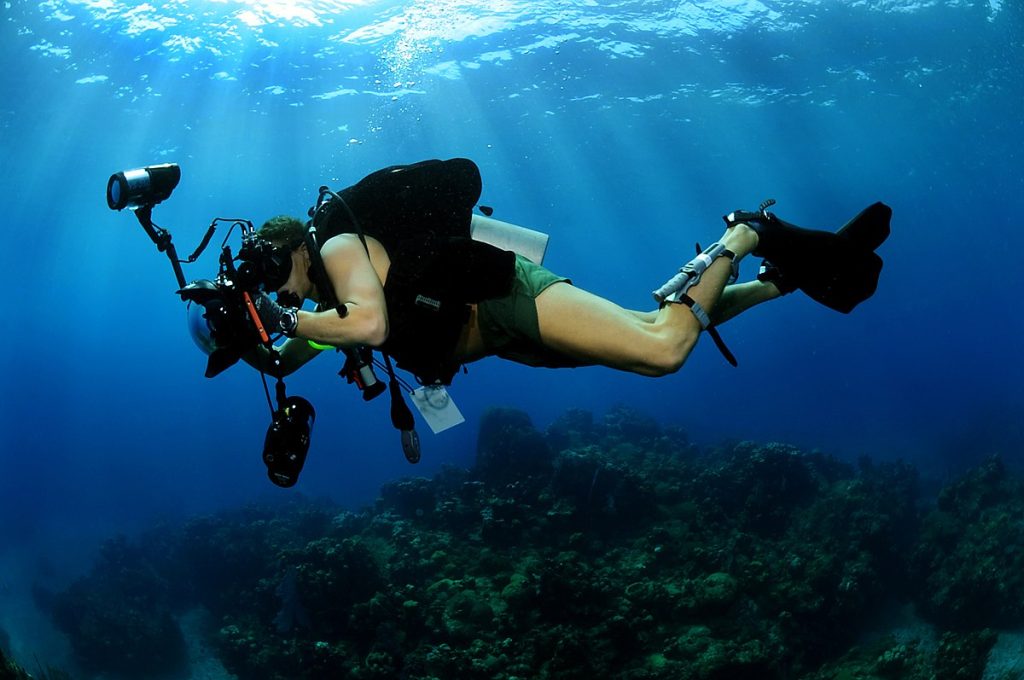
The dive team was originally sent to investigate the “environmental conditions prevailing at the TJBH” according to the study published in Frontiers in Marine Science on April 29.
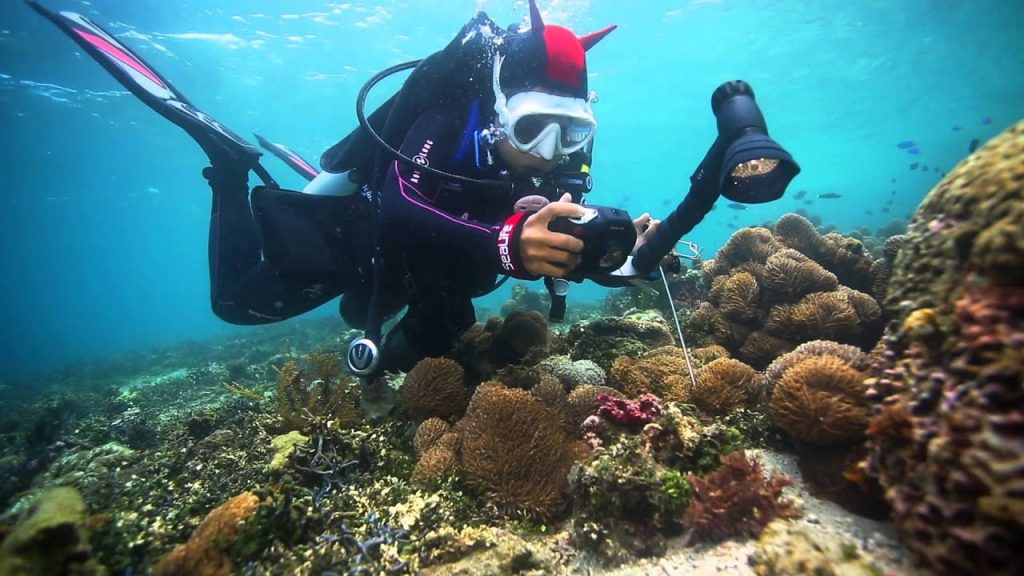
The dive team measured conductivity, which is the ability of water to pass an electrical current. Additionally they measured the temperature and depth of the hole. According to the study, the data concluded that TJBH was in fact “the world’s deepest known blue hole, with its bottom still not reached”.
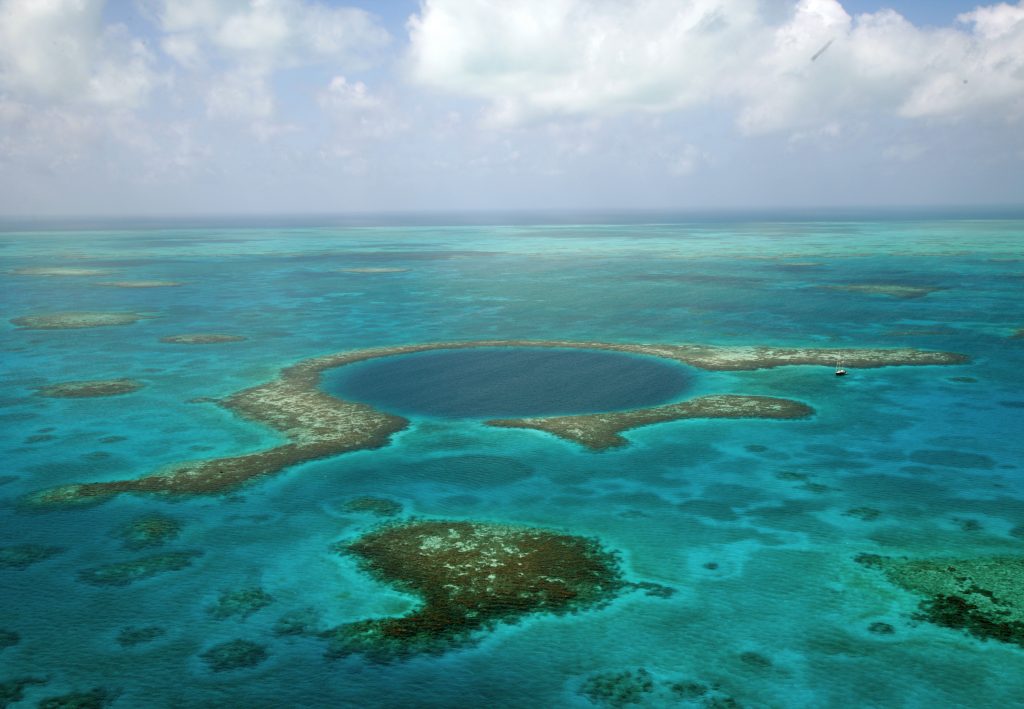
Blue holes are often referred to as sinkholes because they are water-filled caverns that form as a result of water dissolving bedrock made of materials like limestone or marble. The water widens cracks and eventually causes rocks to collapse, leaving a sinkhole in the ocean. This typically gives way to a deep blue color.
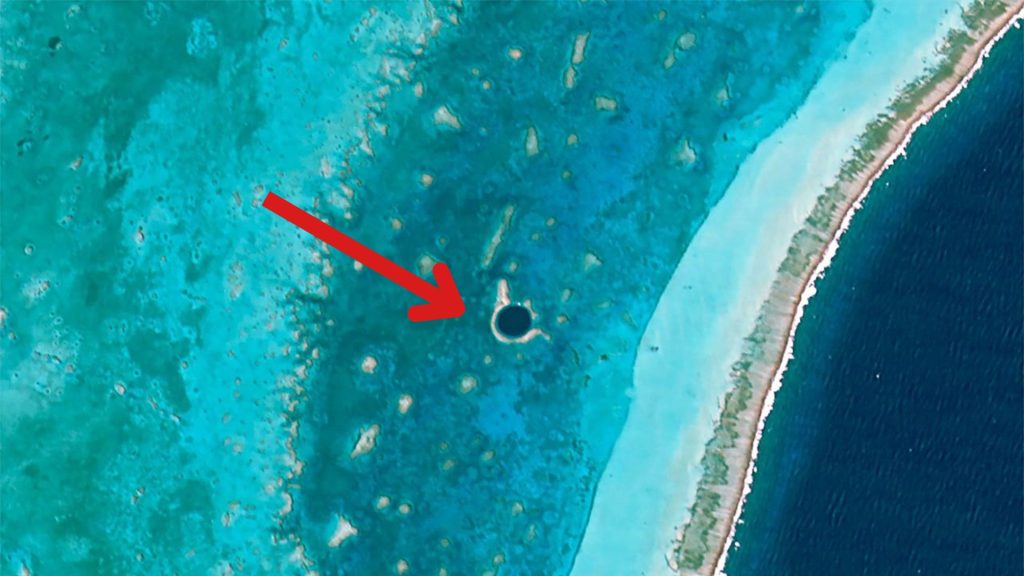
Scientists are particularly excited about the discovery not only because it happens to be the deepest one ever found, but because it is highly likely that there are a hidden network of tunnels and caves deep inside of the cavern.
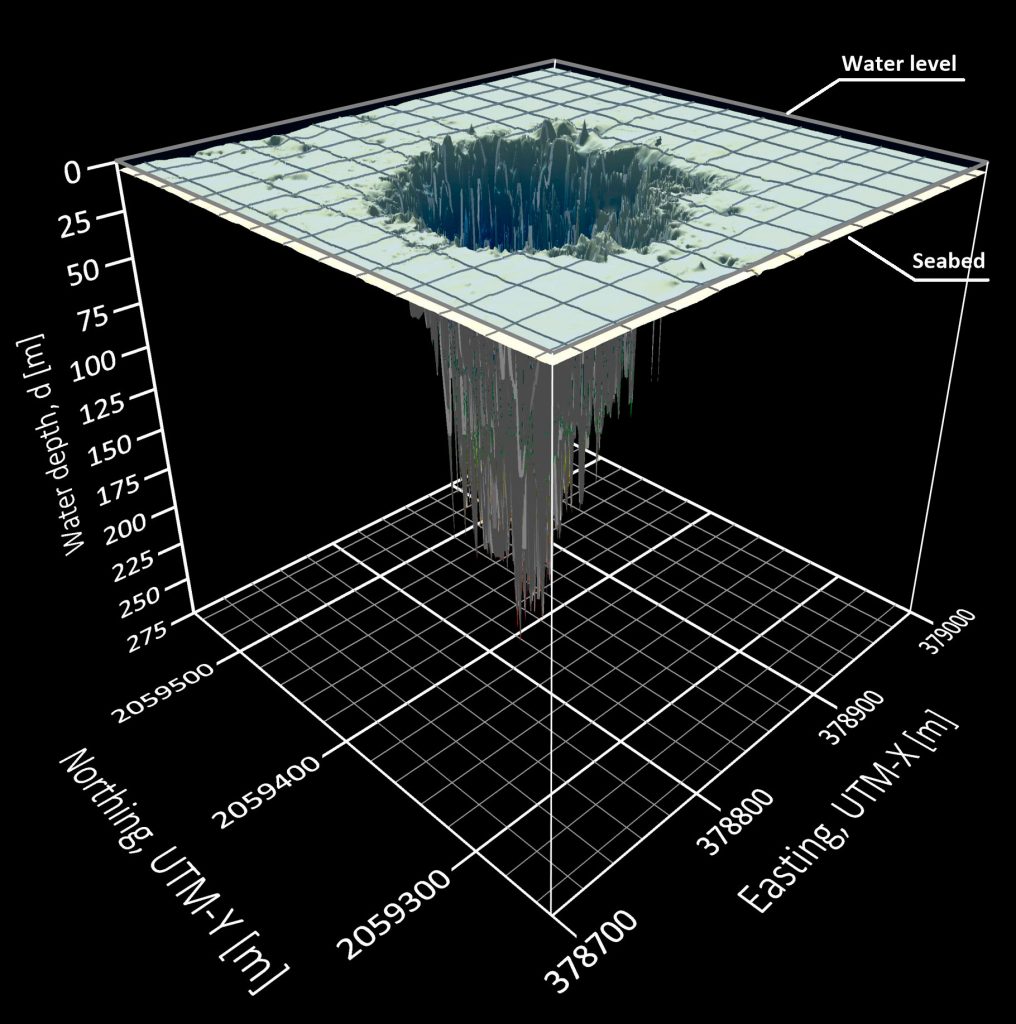
The TJBH has layers of water within it, and the layer below 1,312 feet (400 metres) is a layer of water that resembles the conditions found in the Caribbean Sea. These conditions suggest to researchers that there is likely a whole world of fascinating tunnels and caves deep in the Blue Hole.
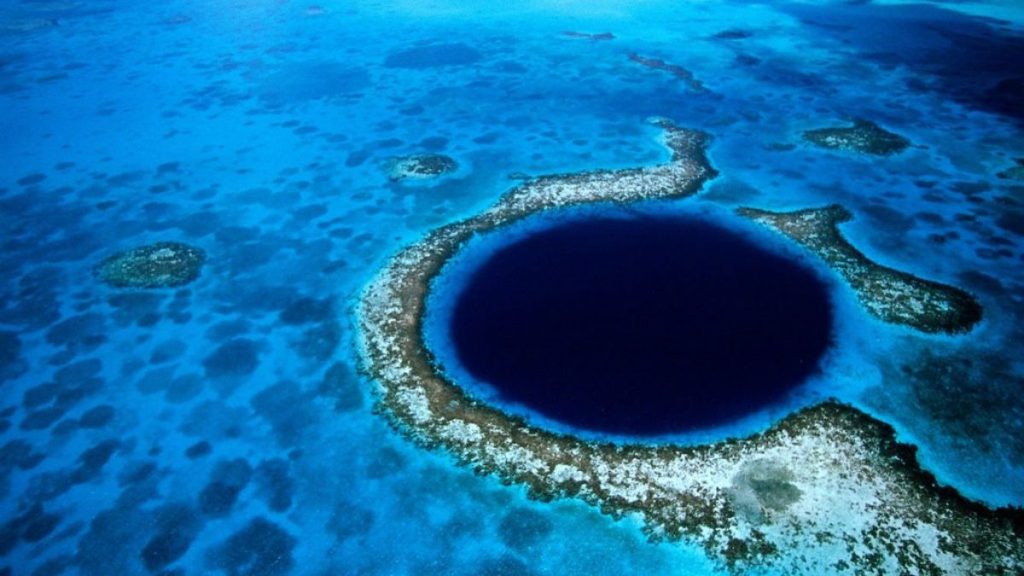
However, there is a reason that 95% of the ocean has not been explored. It is extremely difficult to extend tools to those depths. When measuring the TJBH, divers used an echo sounder instrument which sends sound waves to the bottom of the water and measures how fast they return to the top. This gives a calculation of distance.
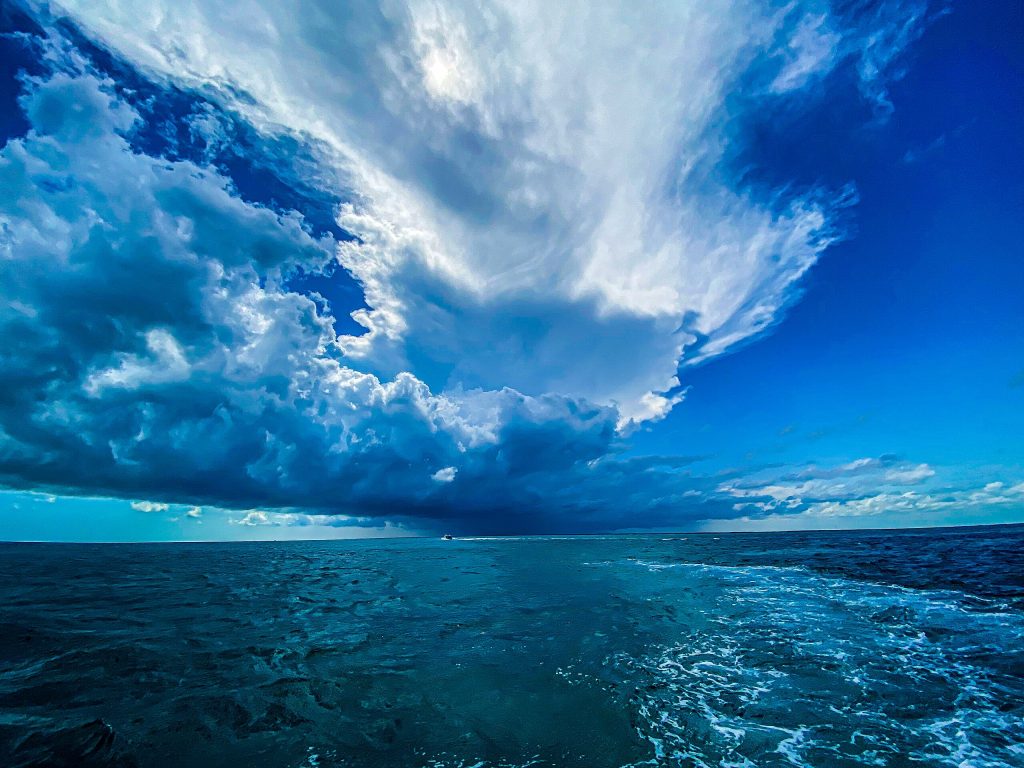
But, the instruments were limited at the time of the dive and these kinds of instruments are not always entirely accurate because ocean currents can influence the data. In this case, the tool was lowered into the hole and underwater currents stopped the device at 1,380 feet, but the sinkhole may be even deeper than that.
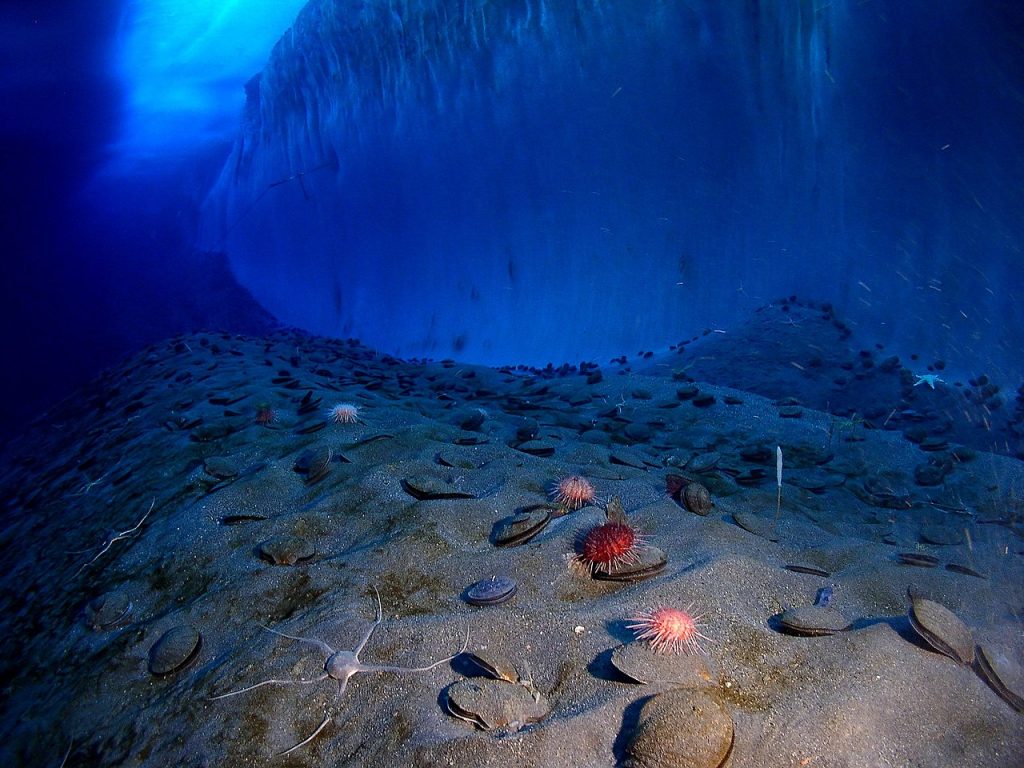
The researchers explained that further work needs to be done in order to establish the real depths of the TJBH and what may lie within it. Researchers mentioned in the study, “Within the depths of TJBH could also lie a biodiversity to be explored”.

